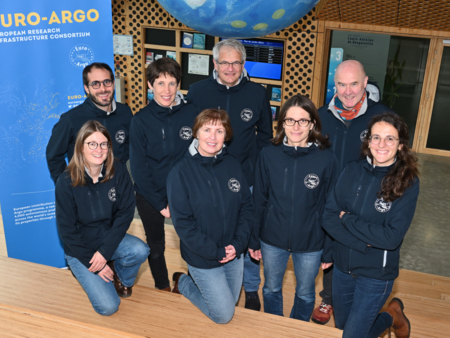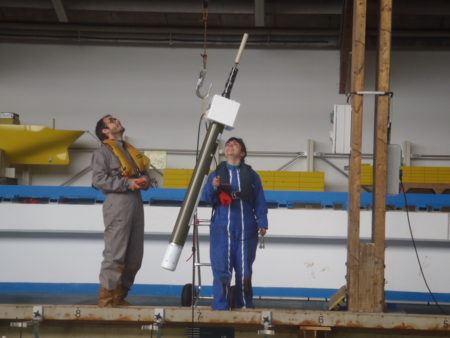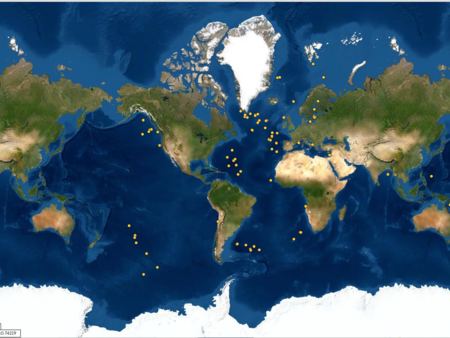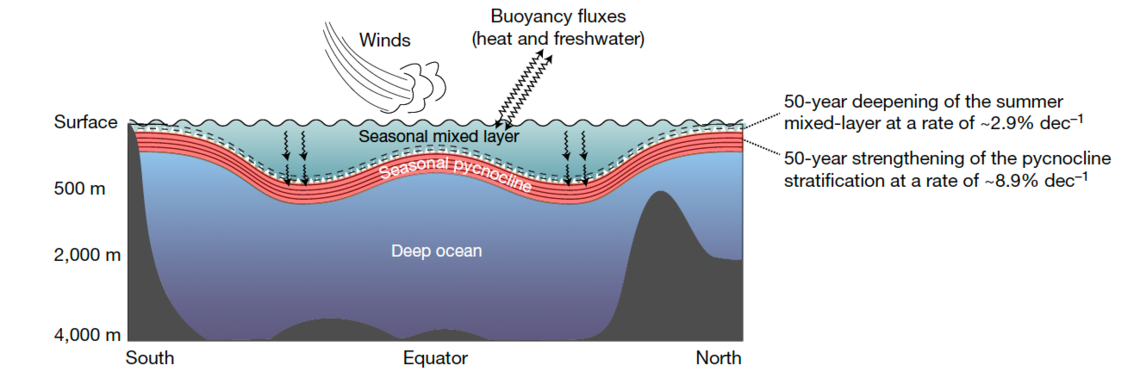May
The oceans are mixing much less than expected as a result of climate change. Read the following publication which shows how the ocean has become increasingly stable over the past 50 years, at a rate six times greater than previously estimated:
"Summertime increases in upper-ocean stratification and mixed-layer depth"
Read the full publication
Nature | Vol 591 | 25 March 2021
The three-layer structure of the world ocean. Schematic of an idealized meridional section across the world ocean illustrating the ocean’s three-layer structure.
The upper seasonal mixed layer is stirred by a range of turbulent processes driven by wind and buoyancy forcings (see Methods section ‘Dynamical forcing of changes in mixed-layer depth’). The seasonal pycnocline emerges from the density contrast (that is, stratification) between surface and deep waters, and acts as a barrier that reduces communication between surface and deep waters. The deep ocean is largely insulated from the atmosphere, but climate signals propagate from and to the deep ocean through mixing across the seasonal pycnocline and/or through direct contact with the mixed layer as seasonal pycnocline stratification is eroded in winter. Here, we present 50-year trends in both mixed-layer depth and pycnocline stratification, with impacts on upper-ocean structure and deep-ocean ventilation. © Nature








